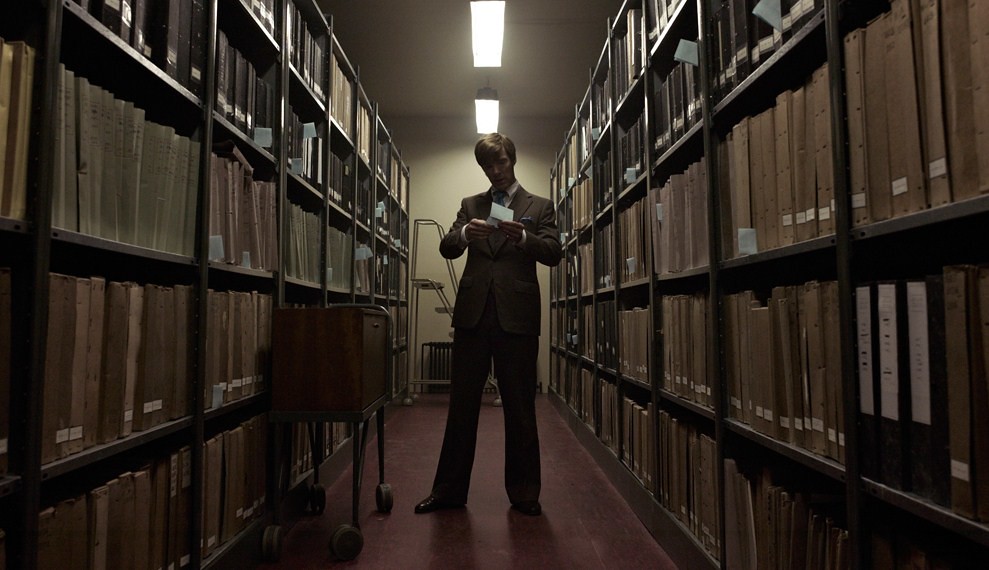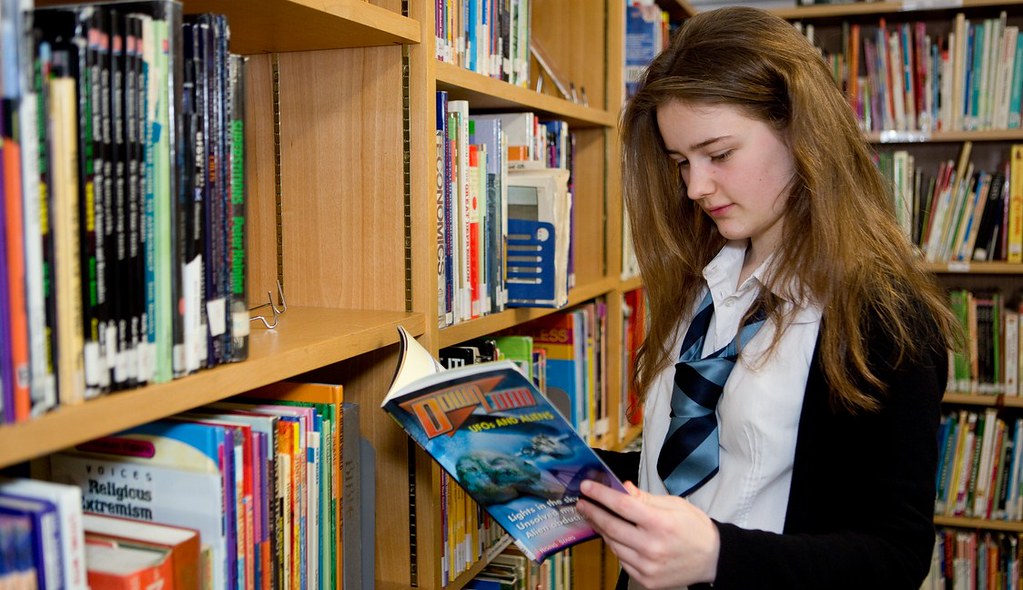Library World | If we read Law No. 43 of 2007 concerning libraries, in Chapter I article I, it is stated that the Library is an institution that manages collections of written works, printed works and/or recorded works professionally with a standard system to meet the needs of education, research, preservation, information and recreation for users.
On this basis, it is then interpreted that the library has several functions.
But unfortunately, among several library functions, the ones that most people only remember are library functions related to reading books, research, and the like.
In fact, if we look at it as a whole, the function of the library that is also important and must be taken into account is related to the function of the library as a place for recreation.
However, unfortunately this function is not implemented in many libraries in Indonesia.
Some libraries are already aware and want to become libraries that have a WHOLE function, as well as the overall function of the library itself, so these libraries are improving by providing various facilities to improve the library’s function as it should.
For those of you who don’t know the complete function of the library, below we have summarized several complete library functions that you should know.
Library Functions
The function of the library may change from time to time, but basically the function of the library is as follows:
#1. Storage Function

Libraries are tasked with storing the collections (information) they receive. This goal is visible in the national library. National libraries store all printed publications published in the country concerned.
For example, the National Library of the Republic of Indonesia functions to store publications produced in Indonesia along with publications about Indonesia published abroad.
This is based on the Deposit Law, namely Law no. 4 of 1990 concerning the Obligation to Store Printed and Recorded Works. The implementation of this Law is regulated by PP no. 70 of 1991, which states the obligation of every publisher, printer and producer to send samples of publications, both printed and recorded, to the National Library and/or other designated libraries.
#2. Educational Function (education)

The library functions as a place for independent learning. Both at school and outside the school environment, libraries can be used as a place for lifelong learning.
In schools, libraries can be used in the teaching and learning process, introducing various kinds of reading, and increasing students’ interest in reading so that they like to read.
Outside of school, libraries can be used by those who are already working to increase their knowledge and skills.
#3. Image research function : flickr.com[/caption]
The library has a research function, meaning that the information sources in the library can be used as reference material for conducting research. Generally, this function is found in college libraries. They use the information in the library for scientific research purposes, such as writing papers, theses and other research.
#4. [Cultural] Preservation Function

Libraries store the nation’s cultural treasures and increase the cultural values and appreciation of the community around the library through the provision of reading materials.
Apart from that, the library also provides both printed and electronic library materials about international culture. This aims to ensure that society can preserve and be able to follow the development of human civilization from time to time,
#5. Informative function of image: flickr.com[/caption]
Libraries have an informative function, meaning that the information users need can be searched for in the library. Each user certainly needs different information.
Maybe they need information about tourist attractions, flight schedules, health facilities and so on. Therefore, libraries not only provide information about their collections, but also information about the surrounding environment.
#6. Recreational Function
In Indonesia there is a library, If we read Law No. 43 of 2007 concerning libraries, in Chapter I, article I, it is stated that the Library is an institution that manages collections of written works, printed works and/or recorded works professionally with a standard system to meet the needs of education, research, preservation, information and recreation for users.
On this basis, it is then interpreted that the library has several functions.
But unfortunately, among several library functions, the ones that most people only remember are library functions related to reading books, research, and the like.
In fact, if we look at it as a whole, the function of the library that is also important and must be taken into account is related to the function of the library as a place for recreation.
However, unfortunately this function is not implemented in many libraries in Indonesia.
Some libraries are already aware and want to become libraries that have a WHOLE function, like the entire function of the library itself, so these libraries are improving by providing various facilities to improve the library’s function as it should.
For those of you who don’t know the complete function of the library, below we have summarized several complete library functions that you should know.
Library Functions
The function of the library may change from time to time, but basically the function of the library is as follows:
#1. Storage Function

Libraries are tasked with storing the collections (information) they receive. This goal is visible in the national library. National libraries store all printed publications published in the country concerned.
For example, the National Library of the Republic of Indonesia functions to store publications produced in Indonesia along with publications about Indonesia published abroad.
This is based on the Deposit Law, namely Law no. 4 of 1990 concerning the Obligation to Store Printed and Recorded Works. The implementation of this Law is regulated by PP no. 70 of 1991, which states the obligation of every publisher, printer and producer to send samples of publications, both printed and recorded, to the National Library and/or other designated libraries.
#2. Educational Function (education)

The library functions as a place for independent learning. Both at school and outside the school environment, libraries can be used as a place for lifelong learning.
In schools, libraries can be used in the teaching and learning process, introducing various kinds of reading, and increasing students’ interest in reading so that they like to read.
Outside of school, libraries can be used by those who are already working to increase their knowledge and skills.
#3. Image research function
The library has a research function, meaning that the information sources in the library can be used as reference material for conducting research. Generally, this function is found in college libraries. They use the information in the library for scientific research purposes, such as writing papers, theses and other research.
#4. [Cultural] Preservation Function

Libraries store the nation’s cultural treasures and increase the cultural values and appreciation of the community around the library through the provision of reading materials.
Apart from that, the library also provides both printed and electronic library materials about international culture. This aims to ensure that society can preserve and be able to follow the development of human civilization from time to time,
#5. Informative function
Libraries have an informative function, meaning that the information users need can be searched for in the library. Each user certainly needs different information.
Maybe they need information about tourist attractions, flight schedules, health facilities and so on. Therefore, libraries not only provide information about their collections, but also information about the surrounding environment.
#6. Recreational Function
If in Indonesia there was a library that provided recreation or play facilities, perhaps someone would comment, “How come you play in the library, the library is a place for studying!”
Is not it?
Even librarians sometimes think like that. In fact, they forget that one of the functions of libraries is for recreation and travel purposes.
The library has a function as a place and facility that can provide entertainment to its users. This is done by decorating the room as best as possible so that users are comfortable in using the library.
Apart from that, currently the library is also equipped with audio-visual media (TV, VCD). There are also equipped with internet cafes. So, users can make maximum use of the library without having to move places to get all the information they need.
Library functions will change over time. Therefore, libraries must increase their role and function with various efforts, including holding seminars, library training, workshops, etc.
It is hoped that with these various efforts, libraries will be able to improve their functions in order to meet community needs. And what should be noted is that the function of the library is not only for studying but can also function as described above.
If the six functions of a library can be understood, then when building a library, it must be built to provide facilities capable of carrying out these six library functions.
It is hoped that with these various efforts, libraries will be able to improve their functions in order to meet community needs. And what should be noted is that the function of the library is not only for studying but can also function as described above.
If the six functions of a library can be understood, then when building a library, it must be built to provide facilities capable of carrying out these six library functions.
